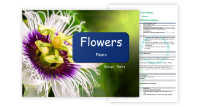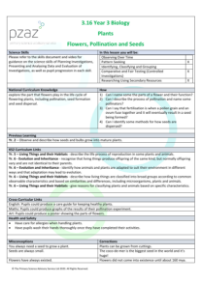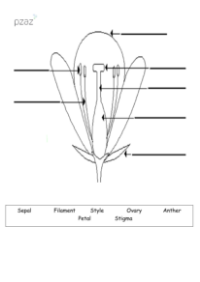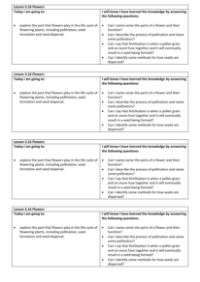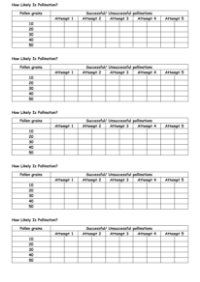Flowers - Presentation
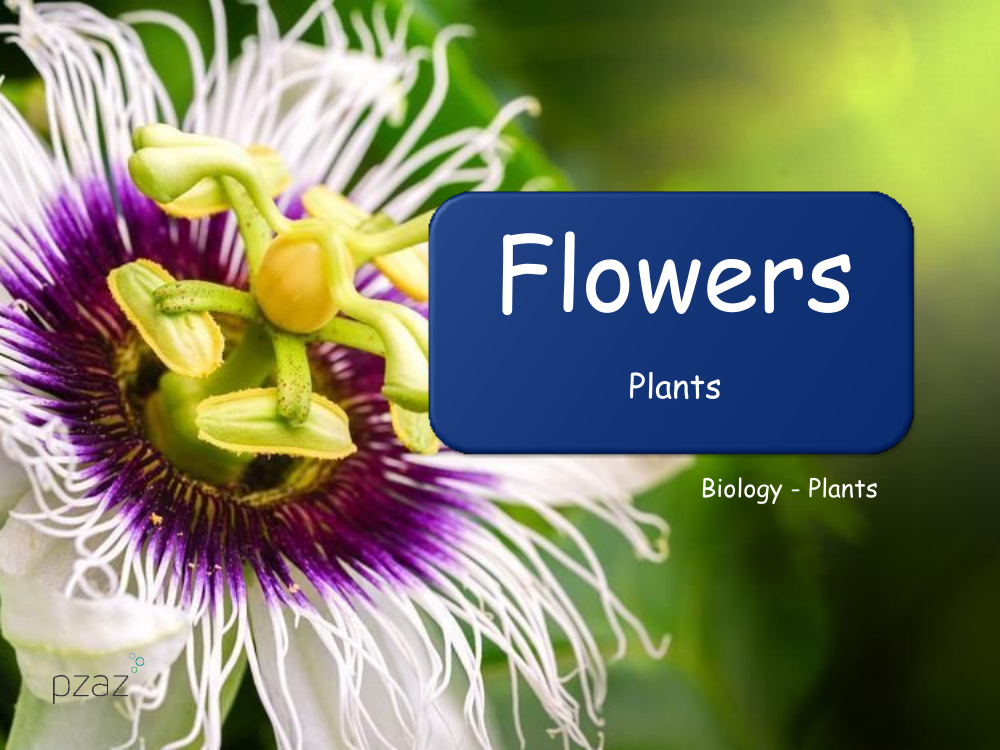
Science Resource Description
The presentation titled "Flower Power" delves into the fascinating world of plants, specifically focusing on the intricate processes of pollination and seed dispersal. Students are invited to explore the various parts of a flower, such as the stigma, stamens, petals, ovary, and sepals, each with its unique function. For instance, the stigma is where pollen grains land and stick, while the stamens are responsible for producing pollen. The petals, with their vivid colours, play a crucial role in attracting pollinators like bees and butterflies, and the ovary is where the ovule, or ovum, is created, eventually forming the seed. The sepals protect the flower before it blooms. The presentation also introduces Professor Flowers, a specialist in prehistoric plants, who shares his knowledge about the evolution of flowering plants and their relationship with insects for pollination.
Students are engaged in activities that include flower dissection and labelling, as well as an investigation into the effectiveness of wind pollination. They are encouraged to consider the challenges plants face in achieving pollination and the adaptations they might develop to improve their chances. Additionally, the presentation covers the different methods of seed dispersal, such as gravity, wind, ballistic mechanisms, water, and animals. Each method is exemplified by plants that have adapted to utilise these modes of dispersal, like the explosive seed pods of the Balsam. Through these interactive elements, students are expected to learn and answer questions about the process of pollination, the creation of seeds, and the various ways seeds can be spread to ensure the growth of new plants.
